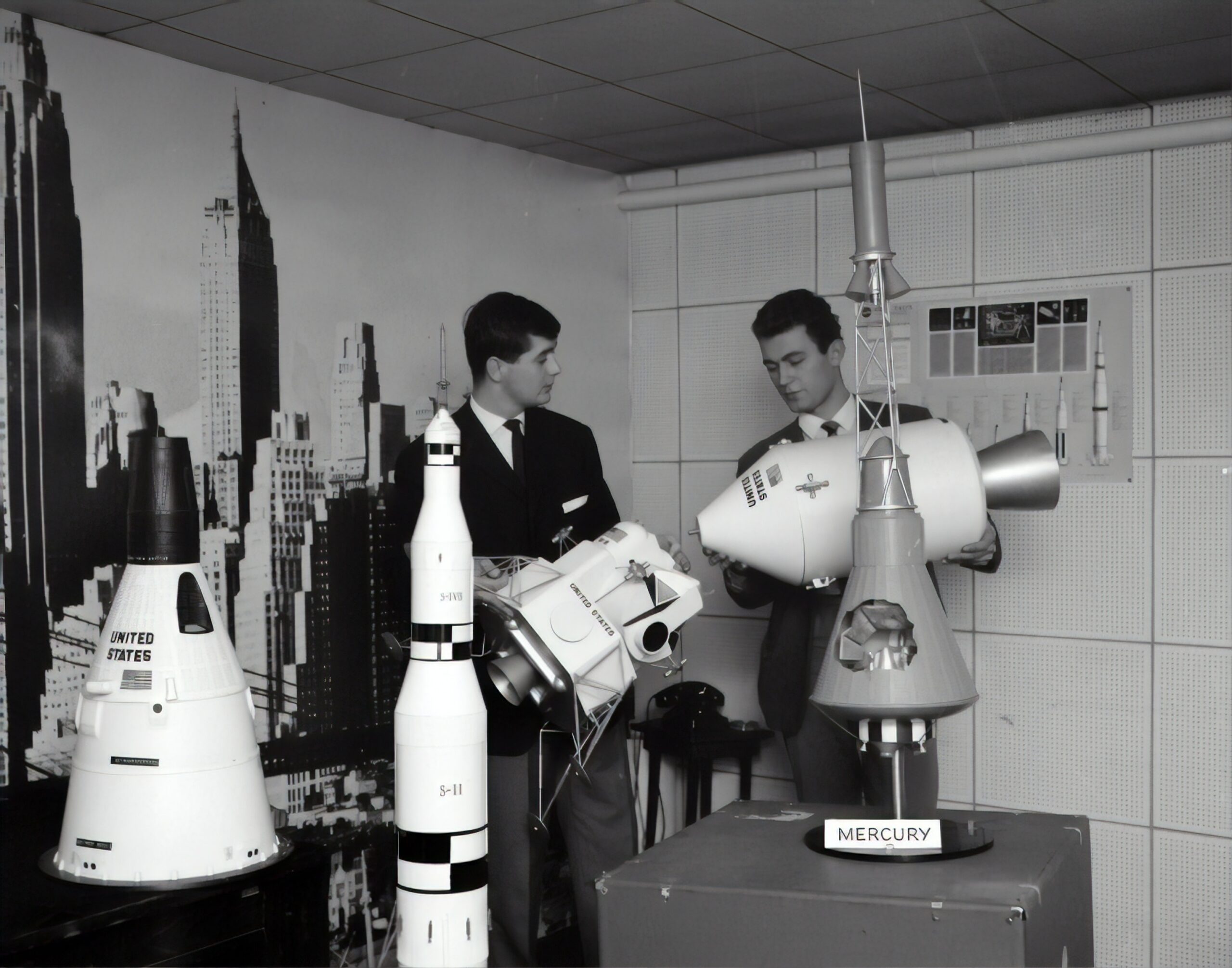In today’s rapidly advancing technological era, the integration of autonomous weapons and artificial intelligence (AI) in warfare poses significant risks that cannot be ignored. The potential dangers associated with these cutting-edge technologies encompass ethical dilemmas, unpredictable behavior, and the potential for widespread devastation. As we explore the implications of utilizing autonomous weapons and AI in warfare, it becomes crucial to comprehend the implications and concerns surrounding their deployment. Let’s delve into the intricacies of these dangers and shed light on the potential ramifications that lie ahead.

Understanding Autonomous Weapons and AI in Warfare
Autonomous weapons refer to systems that are capable of independently selecting and engaging targets without human intervention. These weapons are powered by artificial intelligence (AI) algorithms that enable them to analyze and process vast amounts of data to make decisions. AI in warfare, on the other hand, encompasses a broader range of applications, including surveillance, data analysis, and decision-making processes that assist human operators in military operations.
The Ethical Implications of Autonomous Weapons and AI
Lack of Human Intervention and Accountability
One of the major concerns surrounding autonomous weapons is the lack of human intervention in the decision-making process. By delegating critical decisions to machines, we run the risk of losing control over the actions taken on the battlefield. This raises ethical questions about who should be held accountable for the outcomes of autonomous weapons, particularly in cases of civilian casualties or other violations of international humanitarian law.
Issues Regarding International Humanitarian Law
The use of autonomous weapons also raises significant challenges in relation to international humanitarian law. These laws are designed to protect civilians and limit unnecessary suffering during armed conflicts. However, the binary decision-making nature of AI systems leaves little room for nuanced understanding of complex situations, potentially leading to violations of these crucial principles.
Binary Decision-Making in War
Autonomous weapons inherently rely on binary decision-making processes, wherein they are programmed to recognize and respond to specific predefined situations. This binary nature can be problematic when faced with unpredictable and rapidly evolving battlefields. The inability to adapt and understand the context of a situation may result in unintended consequences and potentially exacerbate the risks of civilian harm.
Autonomous Weapons and Civilian Casualties
Potential for Misidentification
One of the dangers of autonomous weapons lies in their potential for misidentification. AI algorithms may struggle to accurately distinguish between combatants and civilians, particularly in complex urban environments where non-combatants often find themselves in close proximity to military targets. This misidentification can lead to tragic civilian casualties and undermine the moral and legal obligations of armed forces to protect civilian lives.
Increased Difficulty in Minimizing Civilian Harm
Deploying autonomous weapons can also pose challenges in minimizing civilian harm during warfare. Human operators typically exercise judgment and discretion in assessing the proportionality of an attack, taking into account the potential collateral damage. However, autonomous weapons lack the ability to weigh complex ethical considerations, potentially resulting in a higher risk of harm to civilians.
Questions of Proportional Response
The use of autonomous weapons raises questions about the proportional response in armed conflicts. Without human oversight, it becomes challenging to ensure that the level of force used in a given situation is appropriate and aligned with the principles of necessity and proportionality. This lack of human judgment opens the door to potential excessive use of force, escalating conflicts and causing unnecessary devastation.
Autonomous Weapons and AI Errors
Risks of Malfunction
No AI system is immune to errors or malfunctions, and autonomous weapons are no exception. Mistakes in the decision-making process can have severe consequences, especially when it comes to matters of life and death. Autonomous weapons that rely on AI algorithms risk making faulty judgments, potentially leading to unintended attacks on friendly forces or civilians.
Dependence on Accurate Data Input
The accuracy and reliability of data input are crucial for the effectiveness and ethical operation of autonomous weapons. Inaccurate or incomplete data can cause AI algorithms to make flawed decisions, further exacerbating the risks associated with their deployment. Ensuring the integrity of the data is a critical aspect of mitigating the dangers inherent in relying on autonomous weapons.
The Impact of Cyber Attacks
As autonomous weapons become more interconnected, they become vulnerable to cyber attacks. These attacks could potentially compromise the integrity and function of the AI systems. If malicious actors gain control or manipulate the decision-making processes of autonomous weapons through cyber means, it could lead to disastrous consequences, including unauthorized and indiscriminate attacks.

Autonomous Weapons, AI, and Escalation
Increasing Speed of Warfare
Autonomous weapons have the potential to dramatically increase the speed of warfare. With AI algorithms processing vast amounts of data in real-time, decisions can be made and acted upon almost instantaneously. While this may offer military advantages, it also raises concerns about the speed and scale of potential conflicts, reducing the time available for diplomatic interventions and peaceful resolutions.
Potential for Pre-emptive Strikes
The ability of autonomous weapons to act autonomously and make split-second decisions raises the prospect of pre-emptive strikes. While the intention may be to neutralize imminent threats, this also poses the risk of escalating conflicts, as autonomous weapons make decisions without the benefit of comprehensive contextual understanding or diplomatic considerations.
Heightened Risk for Accidental War
The deployment of autonomous weapons carries the inherent risk of accidental war. The lack of human judgment and the potential for miscommunication between automated systems heightens the possibility of unintended and escalatory actions. With the speed of decision-making and response that autonomous weapons offer, there is a reduced window for human intervention to prevent unintended conflicts.
The AI Arms Race
Proliferation of Autonomous Weapon Technology
The rapid advancement and proliferation of autonomous weapon technology have led to an AI arms race among nations. With each country seeking to gain a technological advantage over others, it heightens the risk of an uncontrolled global race to develop increasingly sophisticated and deadly autonomous weapons, potentially destabilizing the balance of power and increasing the chances of armed conflicts.
Lack of Regulation and Oversight
The lack of established international regulations and oversight mechanisms for autonomous weapons poses significant challenges. Without agreed-upon norms and guidelines, there is a higher likelihood of the uncontrolled development and deployment of these weapons. International cooperation is necessary to develop robust frameworks that promote responsible development, deployment, and use of autonomous weapons.
National Security Implications
The pursuit of autonomous weapons and AI technologies by different nations has significant national security implications. The potential military advantage gained by possessing advanced autonomous weapons can create tensions and potentially lead to rivalries and conflicts between nations. The international geopolitical landscape is being shaped by competition in AI technologies as countries strive to safeguard their interests and maintain their security.

Autonomous Weapons and Terrorism
The Threat of Non-State Actors
Autonomous weapons present a significant threat when they fall into the hands of non-state actors, such as terrorist organizations. The potential for these groups to use autonomous weapons for asymmetric warfare can disrupt traditional military strategies and pose challenges to national security. It further accentuates the need for strict regulations and control measures to prevent the proliferation of autonomous weapons.
Access to Autonomous Weapons
As technology becomes more advanced and accessible, the barriers to acquiring autonomous weapons may decrease. Non-state actors may gain access to these weapons through illicit means or by exploiting vulnerabilities in manufacturing and distribution chains. This poses a grave threat to global stability, as autonomous weapons in the wrong hands can be used for acts of aggression and terrorism.
Potential for Major Disruption and Destruction
The use of autonomous weapons by terrorists and non-state actors raises the potential for major disruption and destruction. These weapons could be used to launch attacks on critical infrastructure, civilian populations, or even military targets, resulting in significant loss of life and destabilization. The possibility of a catastrophic event underscores the urgent need for international efforts to prevent the spread of autonomous weapons.
The Role of International Law and AI Warfare
Existing Laws on Autonomous Weapons and AI
While there are existing legal frameworks that address the use of weapons and the conduct of warfare, they may not adequately cover the unique challenges posed by autonomous weapons and AI warfare. International humanitarian law and human rights law need to be updated to incorporate the ethical and legal aspects associated with these emerging technologies. Close collaboration between legal experts, policymakers, and technology developers is essential to ensure compatibility between the law and the rapidly evolving capabilities of AI.
Challenges in Enforcement
Even with updated laws, challenges in enforcing compliance with autonomous weapons regulations persist. Identifying and attributing responsibility for actions taken by autonomous weapons can be complex, given the lack of human intervention. This highlights the need for strong mechanisms for accountability and effective oversight to prevent violations and ensure adherence to the principles of international law.
Need for New International Agreements
The dangers of autonomous weapons and AI in warfare necessitate the development of new international agreements. These agreements should address the specific risks brought about by these technologies and establish clear guidelines for their development, deployment, and use. Collaboration among nations is crucial to establish common norms and principles that can guide responsible actions while promoting international peace and security.

Policy Responses to Autonomous Warfare Dangers
Urgency for Regulation and Oversight
Given the risks and challenges associated with autonomous weapons and AI, there is an urgent need for robust regulation and oversight. Governments and international organizations should prioritize the development of comprehensive policies that ensure responsible development and use of these technologies. Transparent and inclusive processes should be employed to gather input from diverse stakeholders, including experts, policymakers, military personnel, and civil society organizations.
Diverse Federal and International Responses
Different countries and international organizations have taken varying approaches to address the dangers of autonomous weapons. Some have called for a complete ban, while others advocate for moratoriums or stricter regulations. It is essential to learn from these diverse responses and engage in international dialogue to find common ground, harmonize efforts, and develop globally accepted frameworks that effectively mitigate the risks associated with autonomous weapons.
Proposed Policy Solutions
Various policy solutions have been proposed to address the dangers of autonomous weapons and AI in warfare. These include mandatory transparency in the development and deployment of autonomous weapons, the establishment of international verification mechanisms, and the promotion of responsible research and development practices. Additionally, efforts to promote international cooperation, dialogue, and information sharing are necessary to foster trust and enable effective policymaking in the face of these emerging challenges.
Balancing Innovation and Security in AI Warfare
Risk and Reward of Developing Autonomous Weapons
The development of autonomous weapons is not without its potential benefits. Proponents argue that AI-powered systems can enhance military capabilities, improve situational awareness, and reduce human casualties on the battlefield. Striking the right balance between harnessing the potential benefits of innovation and addressing the associated risks is crucial to ensure the responsible integration of autonomous weapons into warfare.
The Need for Robust Research Ethics
Ethical considerations must be at the forefront of research and development efforts in the field of AI warfare. Researchers and developers must adhere to robust ethical principles to ensure that autonomous weapons and AI technologies are developed and deployed in ways that uphold human rights, international humanitarian law, and the principles of just warfare. Responsible research ethics can guide the development and use of these technologies for the benefit of humanity.
Prospects for Peaceful and Beneficial AI Applications
While there are dangers associated with autonomy in warfare, there are also promising prospects for the use of AI technologies for peaceful purposes. AI can be leveraged to improve conflict prevention, humanitarian assistance, and post-conflict reconstruction efforts. Encouraging the development and adoption of AI applications that contribute to peacebuilding and global security is an essential aspect of harnessing the positive potential of these technologies.
In conclusion, understanding the dangers of autonomous weapons and AI in warfare is crucial for addressing the ethical, legal, and security implications that arise from their deployment. Balancing innovation with responsible development and regulation is necessary to promote the peaceful and beneficial application of AI technologies in the military domain. By prioritizing international cooperation, transparency, and robust ethical considerations, we can navigate these challenges and strive for a future where AI in warfare contributes to global peace and security.











